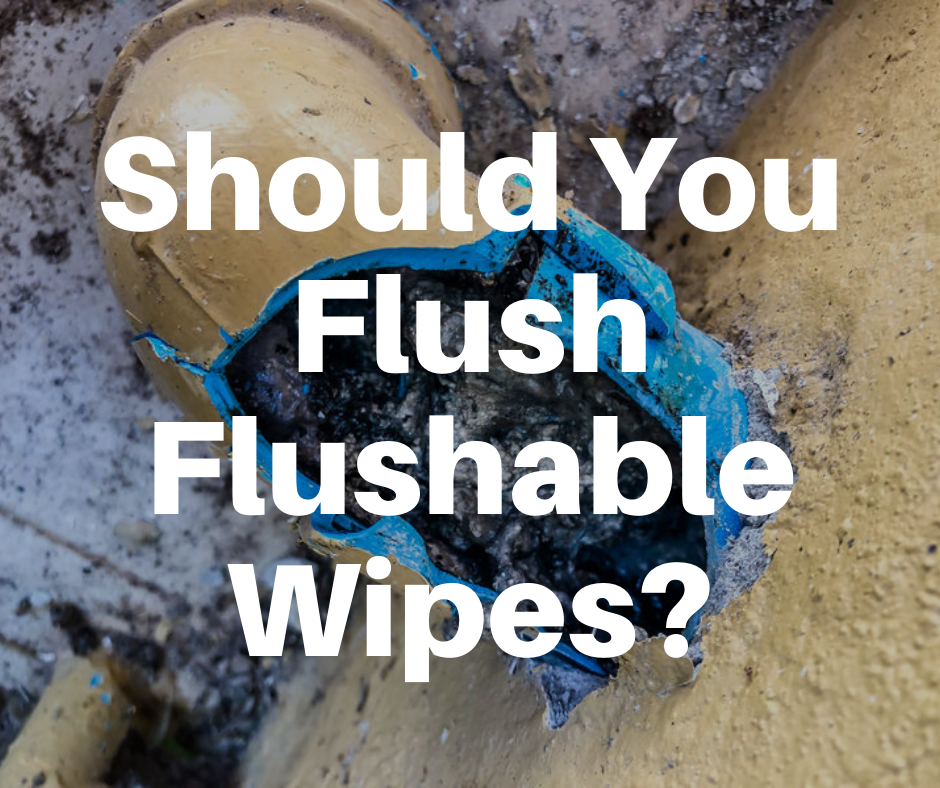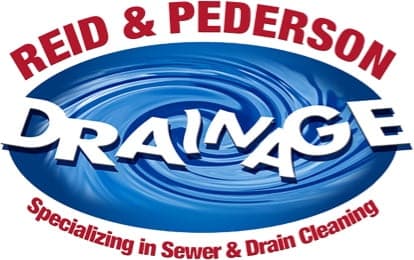A Drainage Minute: The Reid & Pederson Drainage Blog
A Drainage Minute: Can You Flush Flushable Wipes?
The Truth About “Flushable” Wipes

“Flushable” wipes are technically flushable—as in, they go down the toilet. But then what?
Unlike toilet paper, these wipes don’t break down. Instead, they can snag on roots, scale buildup, or slight pipe misalignments in your sewer system. And once one gets stuck, it’s like a red carpet event—others follow, piling up until your pipes are completely clogged.
It might sound unlikely, but here at Reid & Pederson Drainage, we see it all the time. We get the calls, we do the rodding, and we pull out wipes that look exactly the same as when they were first flushed.
Our advice? Don’t flush “flushable” wipes. But if you do—and find yourself with a blockage—give us a call. We’ll clear it out, no problem!
Call (708) 757-9040A Closer Look at the Wipe Problem
The market for disposable wipes in the U.S. is booming—valued at over $2 billion and projected to grow past $3 billion. Especially during times of toilet paper shortages (like during the coronavirus pandemic), many Americans turned to flushable wipes for their bathroom needs.
While convenient, there are some serious reasons why these wipes shouldn’t be going down your toilet.
What Are Wipes Made Of?
Wipes marketed for babies, hygiene, or cleaning are typically made from non-woven fabrics like cotton, rayon, polyester, and polypropylene. Many include microscopic pieces of plastic and wood pulp, making them incredibly tough—and nearly impossible to dissolve in water.
Even wipes labeled as “flushable” often use plant-based or biodegradable fibers. But “biodegradable” doesn’t mean breaks down quickly in your sewer. These materials can linger for weeks or months in pipes, creating serious blockages.
The bottom line? Regardless of labeling, most wipes are not designed to break down the way toilet paper does.
What Does “Flushable” Even Mean?
There’s no official regulation for the term “flushable.” That means manufacturers can slap the word on packaging with little to no testing—and no accountability.
The tests they do conduct often don’t reflect real-world conditions. Manufacturers might agitate wipes in lab mixers at high speed, which doesn’t represent how your sewer system actually works. In calm, slow-flowing wastewater, those wipes tend to sit, snag, and stack.
A 2013 Consumer Reports study showed just how resilient these products are: After 10 minutes in water, toilet paper dissolved completely. The wipes? Still completely intact. Even after 12 hours, most hadn’t broken down at all.
Fatbergs & Sewer Clogs: Not Just a City Problem
You may have heard of fatbergs—massive clogs made of wipes, grease, feminine hygiene products, and other non-flushables. While the name might sound funny, the damage is very real. These blockages are unhygienic, costly to fix, and absolutely disgusting.
Even if you don’t have a city sewer system, your home’s pipes are at risk. One snagged wipe can snowball into a solid obstruction, especially when mixed with fats and oils. We’ve seen firsthand how fast these blockages build up.
Real Talk: What We See Every Day
At Reid & Pederson, we clear a lot of sewer lines—and guess what we often find? Wipes.
We’ve pulled out wipes that look brand new after days (or longer!) in the sewer. These blockages are completely avoidable, and annual maintenance helps. But flushing wipes almost guarantees that we’ll be seeing you more than once a year.
Don’t Flush Trouble—Call the Pros Instead
The truth is simple: wipes don’t belong in your toilet. The risk of clogging your pipes just isn’t worth the convenience. Toss them in the trash instead.
But if you’ve already flushed them and find yourself facing a clog, don’t worry—we’re here to help. Reid & Pederson is available 24/7 to handle any sewer or drain problem you’re dealing with, wipes and all.
Call (708) 757-9040